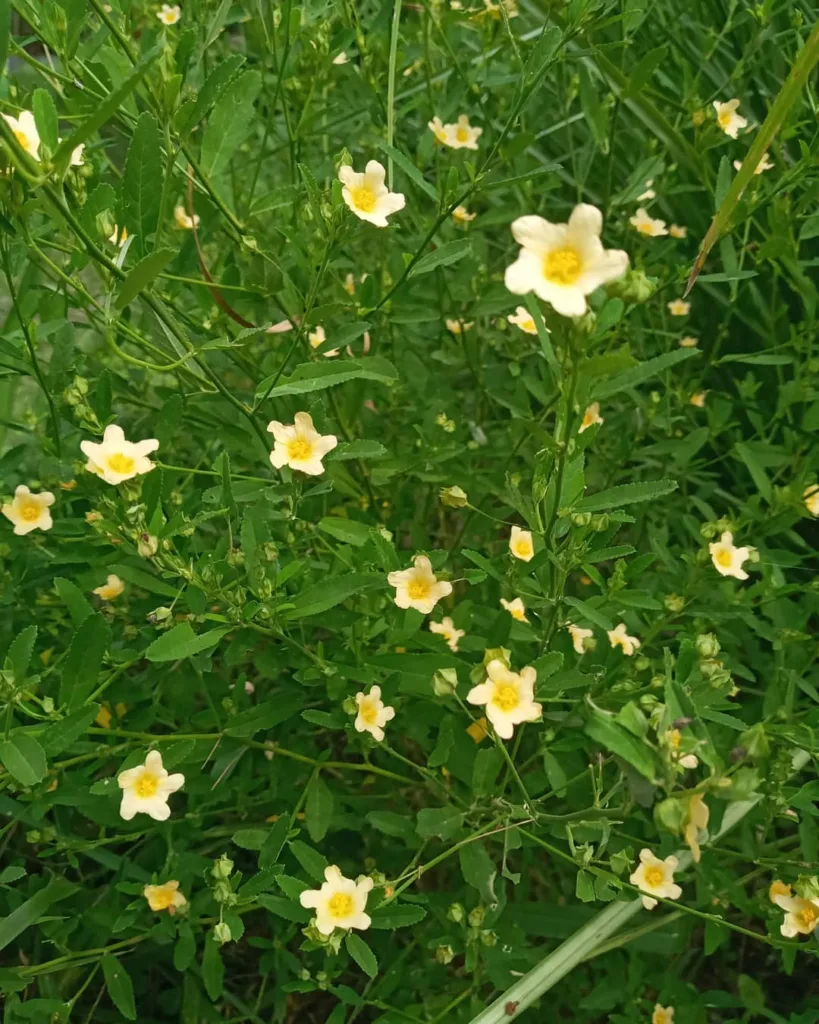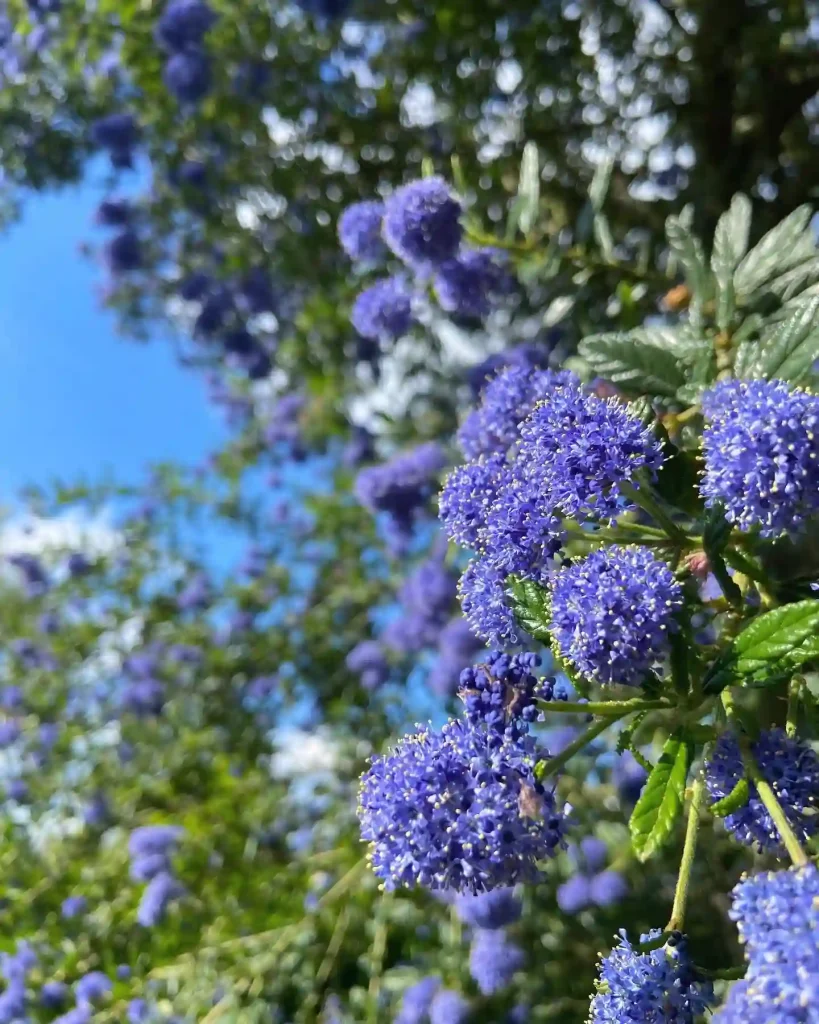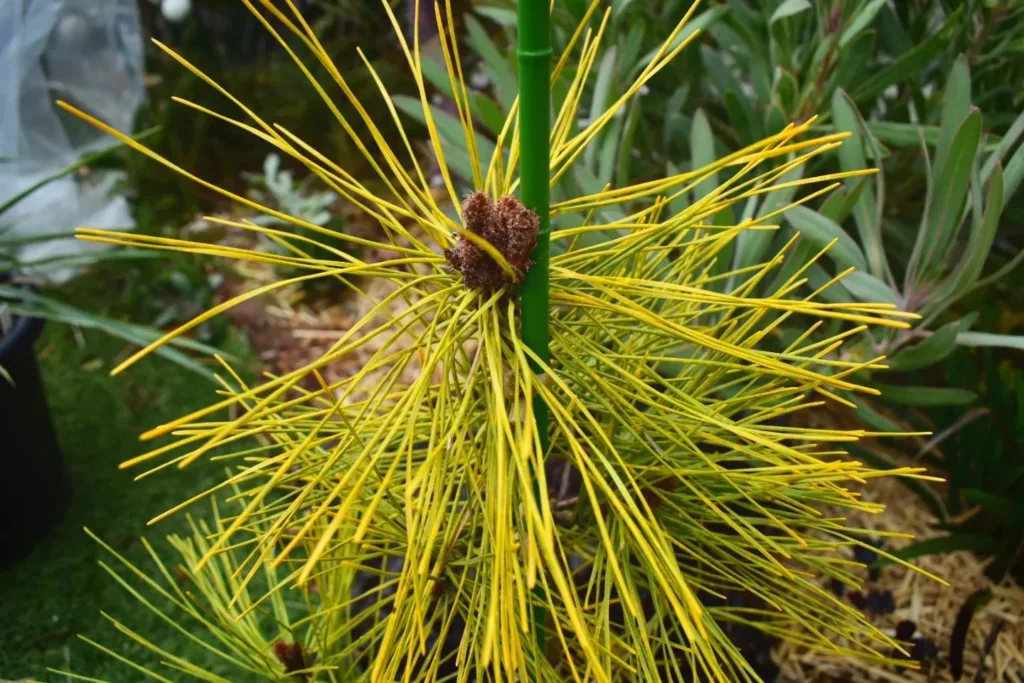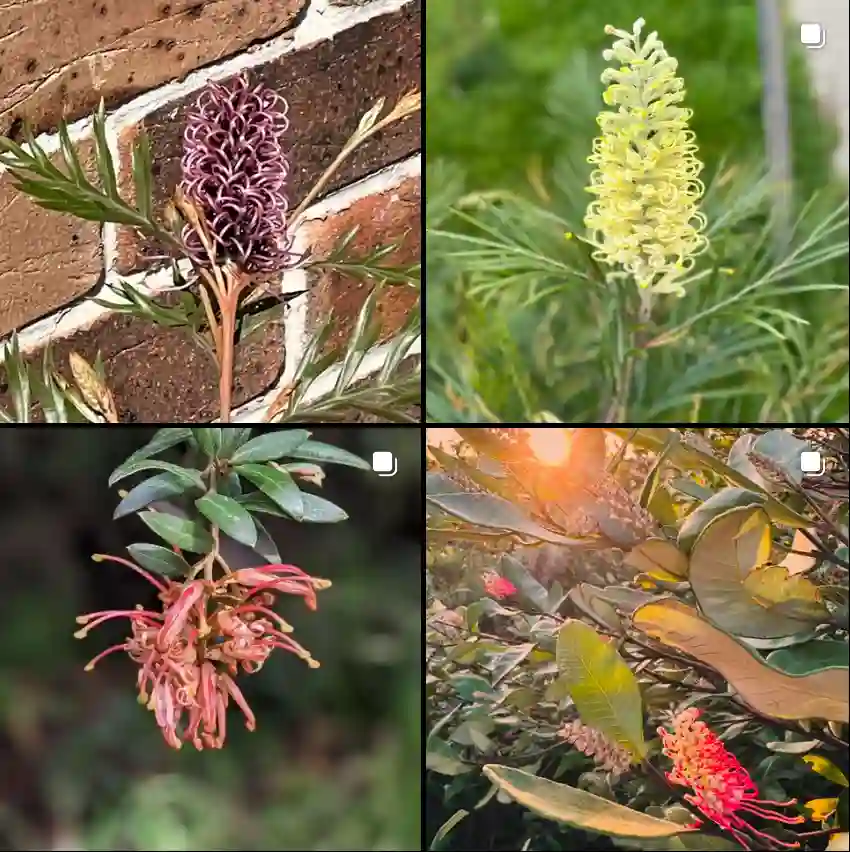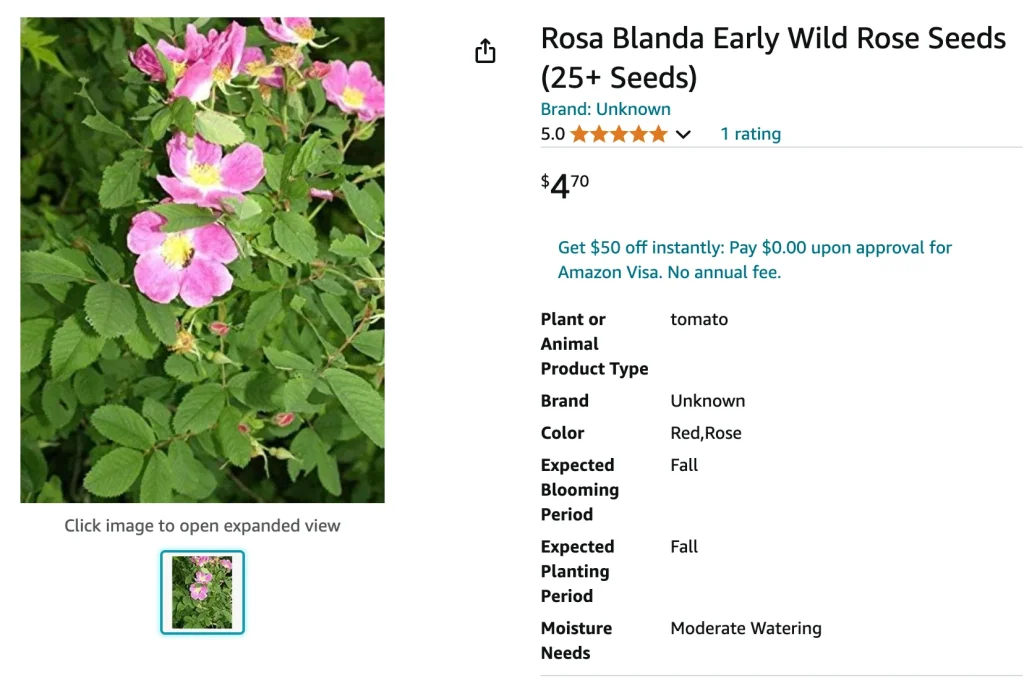
Frequently Asked Questions about Rosa Blanda
Rosa Blanda, also known as the Smooth Rose, is one of my favorite species of wild rose. It’s a hardy and low-maintenance plant that adds a beautiful, natural touch to any garden. Over the years, I’ve had plenty of experience growing and caring for this plant. Below, I’ll answer some frequently asked questions to help you understand this lovely rose and its unique characteristics.
391 Species in Genus Rosa
What Is Rosa Blanda?
Rosa Blanda, commonly known as the Smooth Rose, is a species of wild rose native to North America. It’s known for its smooth stems, free of the prickly thorns that are common in many other rose species. The plant typically grows 3 to 6 feet tall and produces clusters of fragrant, pink to white flowers in the summer, followed by red rose hips in the fall. This hardy perennial is an excellent choice for natural landscaping due to its ability to thrive in various soil types and climates.
How to Care for Rosa Blanda?
Caring for Rosa Blanda is relatively straightforward, which is one reason why I love it so much. Here are a few key care tips:
- Sunlight: Rosa Blanda thrives in full sun but can tolerate partial shade. For the best blooms, I’ve found that at least 6 hours of sunlight daily is ideal.
- Soil: While this rose isn’t too picky about soil, it does best in well-draining soil with a slightly acidic to neutral pH. I usually mix compost into the soil to improve fertility.
- Watering: I water Rosa Blanda regularly, especially during dry periods, but it’s important not to overwater. Let the top inch of soil dry out between watering.
- Pruning: Prune the plant in late winter or early spring to remove dead or damaged stems and to shape the bush. I often cut back old wood to encourage new growth and more abundant flowers.
How to Propagate Rosa Blanda?
I’ve had great success propagating Rosa Blanda through both seeds and cuttings. Here’s how you can do it:
- From Seeds: Collect rose hips in the fall and remove the seeds. They need to undergo cold stratification, so I store them in the fridge for about 3 months before planting in the spring. Germination can be slow, but patience pays off!
- From Cuttings: Take cuttings from softwood stems in the early summer. Dip the cut end in rooting hormone and plant it in a pot filled with a mix of perlite and peat moss. Keep the soil moist and place the pot in indirect light. Roots should form in a few weeks.
What to Plant with Rosa Blanda?
Rosa Blanda pairs beautifully with a variety of other plants. I like to plant it alongside native wildflowers like coneflowers (Echinacea) or black-eyed Susans (Rudbeckia). These plants not only complement the look of the rose but also attract pollinators, creating a vibrant and healthy garden ecosystem. Grasses like switchgrass (Panicum) or little bluestem (Schizachyrium) also look great with Rosa Blanda, adding texture and movement to the garden.
Is Rosa Blanda Toxic?
One of the great things about Rosa Blanda is that it’s non-toxic to humans and pets. The rose hips are even edible and high in vitamin C. I’ve used them to make tea and jams. However, while the plant isn’t harmful, it’s always a good idea to supervise pets or children around any plants to ensure they aren’t over-ingesting anything from the garden.
Benefits of Growing Rosa Blanda
There are numerous benefits to having Rosa Blanda in your garden:
- Wildlife Support: The flowers attract bees and butterflies, while the rose hips provide food for birds in the winter.
- Low Maintenance: It’s drought-tolerant once established and requires minimal care.
- Edible Rose Hips: As I mentioned earlier, the hips are packed with vitamin C and can be used in teas, jams, or even as a garnish.
Common Problems with Rosa Blanda
Like any plant, Rosa Blanda isn’t completely immune to problems. The most common issues I’ve encountered include:
- Powdery Mildew: This fungal disease can affect the leaves, especially in humid conditions. I prevent it by ensuring good air circulation around the plant and watering at the base to keep the foliage dry.
- Aphids: These small pests sometimes appear in large numbers on the new growth. A strong spray of water or an insecticidal soap usually takes care of them.
- Black Spot: This is another fungal issue, which I’ve seen show up during wet summers. Removing affected leaves and applying a fungicide can help control it.
Comparing Rosa Blanda with Other Wild Roses
When comparing Rosa Blanda to other wild roses, such as Rosa Carolina or Rosa Rugosa, one of the most notable differences is its lack of thorns. This makes it easier to work with in the garden. Rosa Blanda also tends to be more compact than Rosa Rugosa, which can grow quite large. While both Rosa Blanda and Rosa Carolina have similar flower colors, the former is slightly more adaptable to different soil types, making it a bit more versatile for landscaping projects.
Can Rosa Blanda Be Used for Hedges?
Yes, I’ve used Rosa Blanda to create natural hedges in my garden. Its dense growth and ability to form thickets make it an excellent choice for this purpose. It’s especially good for informal hedges that provide privacy and attract wildlife. I’ve found that with minimal pruning, it forms a lovely barrier that still allows for plenty of flower and hip production.
Is Rosa Blanda Drought-Tolerant?
Once established, Rosa Blanda is fairly drought-tolerant. I’ve noticed that it can handle periods of dry weather much better than some of my other roses. While it still benefits from regular watering, especially during hot spells, it doesn’t require constant attention. This makes it a great option for low-maintenance gardens.
Rosa Blanda is truly a versatile and resilient plant that can enhance any garden. Whether you’re looking for a hardy, native rose for natural landscaping or a low-maintenance shrub that supports wildlife, this plant is an excellent choice. Through years of growing it, I’ve come to appreciate its beauty, durability, and the simple joy it brings to my garden.
If i die, water my plants!
